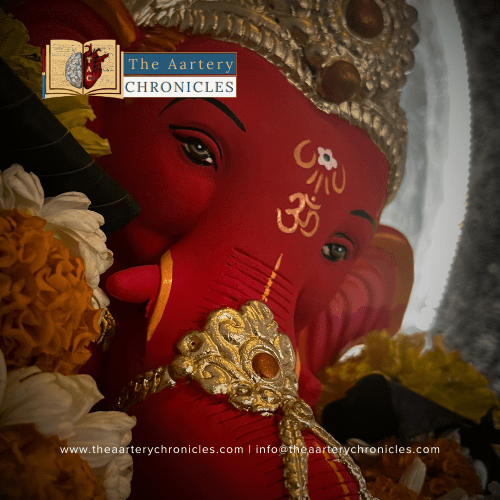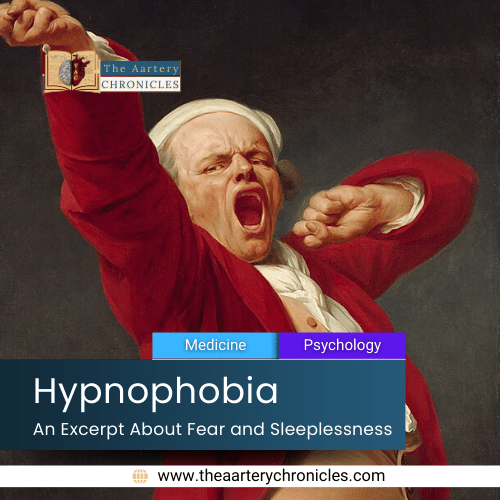

DID and Animal Alters: Understanding Their Impact on Mental Health
Introduction
Dissociative Identity Disorder (DID), formerly known as Multiple Personality Disorder, is a complex mental health condition often misunderstood and surrounded by misconceptions. It is characterized by the presence of two or more distinct identities or alters, which emerge as a coping mechanism in response to severe trauma, often during childhood. Alters play a crucial role in managing overwhelming experiences, yet the disorder is frequently misrepresented, leading to stigma. Despite affecting approximately 1-1.5% of the population, DID is often dismissed as rare or fabricated. Understanding DID requires addressing these misconceptions while recognizing its profound connection to trauma and resilience. It is crucial to emphasize the importance of appropriate diagnosis and therapeutic support, as DID’s manifestations can significantly vary among individuals, further complicating public perception and understanding.
Animal Alters: Origins, Functions, and Differences from Human Alters
Animal alters in individuals with Dissociative Identity Disorder (DID) arise as a response to severe trauma, often rooted in childhood experiences where a connection to animals was either comforting or imposed by abusers. These alters serve specific psychological purposes and differ from human alters in several ways.
Origins of Animal Alters
- Identification with Animals: Traumatized children may form a strong bond with animals, seeing them as companions or protectors in an unsafe world. This identification can lead to the creation of animal alters, which embody the qualities they associate with animals, such as strength, stealth, or comfort.
- Abuser Manipulation: Abusers might deliberately instill animal identities by treating victims as animals. For example, forcing a child to bark like a dog, eat from a bowl, or crawl on all fours can create an animal alter to manage the humiliation or pain.
- Containment of Guilt: In situations where children are coerced into harming others, an animal alter may form as a way to distance their human identity from these actions. This allows them to mentally assign the “violent” or “inhuman” behavior to an animal aspect rather than themselves.
- Symbolic Representation: Physical restraints or dehumanizing conditions, such as being tied up, may create animal-like alters. For instance, a child bound tightly might develop a snake alter, reflecting their restricted physical state.
- Survival Instincts: Some animal alters may emerge as a way for the individual to harness survival instincts associated with various animals, allowing them to navigate perceived threats more effectively.
Functions of Animal Alters
- Expression of Emotions: Animal alters often express emotions that human alters may suppress. For instance, a tiger alter might growl or act aggressively to protect the system when it senses danger.
- Protection: Animal alters frequently take on the role of protectors, guarding the system from perceived external threats or internal emotional overwhelm.
- Coping Mechanism: They help manage trauma by embodying characteristics such as loyalty, ferocity, or resilience, which the person might lack or need in their human identities.
- Memory Containment: Animal alters may hold specific trauma memories, particularly those tied to situations where the person was treated inhumanely.
- Facilitation of Expression: Some individuals may use animal alters as a means of controlling criminal behavior or acting out due to trauma, channeling aggression or fear into recognizable animal behaviors, thus protecting their human self from destructive actions.
Differences Between Animal and Human Alters
- Perception of Self: Animal alters often perceive themselves as entirely non-human, adopting the behaviors, instincts, and thought processes of their associated animal. Human alters, by contrast, maintain a human identity and societal behaviors.
- Communication: While human alters may use complex language and abstract reasoning, animal alters may communicate in growls, barks, or other animalistic sounds. They may also rely more on nonverbal cues like body language.
- Roles in the System: Animal alters are typically more instinct-driven and task-specific, focusing on protection or emotional expression. Human alters often have broader roles, including managing daily life or interacting socially.
- Integration Challenges: Due to their distinct non-human identity, animal alters may require unique therapeutic approaches for integration, such as helping them recognize their existence within a human body and system.
- Coping Styles: The coping strategies of animal alters may be more behavioral and instinctual, while human alters may engage in cognitive processing and rational decision-making.
Social Media Influence and Peer Pressure: A Double-Edged Sword
In recent years, the rise of social media and its impact on mental health communities has led to a concerning phenomenon where individuals—especially youth—begin emulating behaviors associated with conditions such as dissociative disorders. This trend can be exacerbated by peer pressure, where the desire for acceptance and belonging drives individuals to adopt animal identities or mimic the behaviors of those who present as having animal alters.
The Norms and Influences of Peer Pressure
- Normalization of Non-Clinical Behaviors: Social media often portrays various identities, including animal alters, in a sensationalized or romanticized manner, leading individuals to feel pressured to adopt these behaviors to fit in or be accepted.
- Validation Seeking: Individuals may seek validation for their experiences or feelings by adopting identities and behaviors reflective of those they see online, leading to a confusion between true and adopted identities.
- Fear of Rejection: The fear of being ostracized or mocked for their mental health conditions can compel individuals to conform to group norms, often suppressing their true feelings or identities.
- Imitation of Online Influencers: Many social media influencers share their experiences with mental health, including DID. Their portrayal may inadvertently encourage followers to mimic such identities or behaviors, potentially leading to confusion about their own mental health status.
- Group Dynamics and Identity: Being part of a community that discusses and embraces animal alters may encourage individuals to expand their understanding of self, often resulting in a dilution of genuine experiences.
- Increased Anxiety and Pressure: Constantly comparing oneself to peers or online figures can exacerbate feelings of inadequacy and anxiety, particularly when individuals believe they don’t measure up to the experiences or identities portrayed by others.
- Misrepresentation of Clinical Language: Social media discourse around DID can trivialize serious mental health conditions, leading to a lack of recognition of those genuinely struggling.
- Community Pressure for Labeling: Individuals may feel pressured to label themselves within the context of mental health communities, leading to possible false self-identification.
- Impact of Online Communities: Online platforms can cultivate a sense of belonging that may affirm the adoption of certain behaviors but can also lead to confusion and unhealthy identity exploration.
- Therapeutic Implications: Mental health professionals must address these pressures, helping clients differentiate genuine experiences from those influenced by social trends.
- Balancing Authenticity and Acceptance: Therapy can assist individuals in navigating the delicate balance between wanting to belong and recognizing their own mental health challenges.
- Engagement in Discourse about Mental Health: Encouraging accurate conversations around mental health can help counteract misunderstandings and promote better support systems.
Acceptance and Healing: The Path Forward
Animal alters should be approached with respect and understanding, as they are integral to the person’s system and survival strategy. Therapists often work to help these alters understand their human context and integrate their strengths into the larger system.
Understanding animal alters highlights the complexity of DID and the incredible ways the mind adapts to survive trauma. Recognizing their role can foster compassion and aid in the healing process. However, it is equally essential to navigate the delicate interplay between social influences and clinical realities, ensuring that support systems prioritize mental health and professional guidance. By doing so, families can help individuals make informed decisions about accepting their identities and seeking help.
Conclusion
Raising awareness and education about Dissociative Identity Disorder, particularly regarding the presence and function of animal alters, can significantly impact public understanding and reduce stigma. It is vital for communities and mental health professionals to work collaboratively to support individuals living with DID. This approach ensures they receive the compassion, validation, and therapeutic resources necessary for healing. By fostering a culture of empathy and understanding, society can positively contribute to the journey of those navigating the complexities of DID and its manifestations.

Abhigyan Barooah
Reviewed by Dr. Areez Khoja








